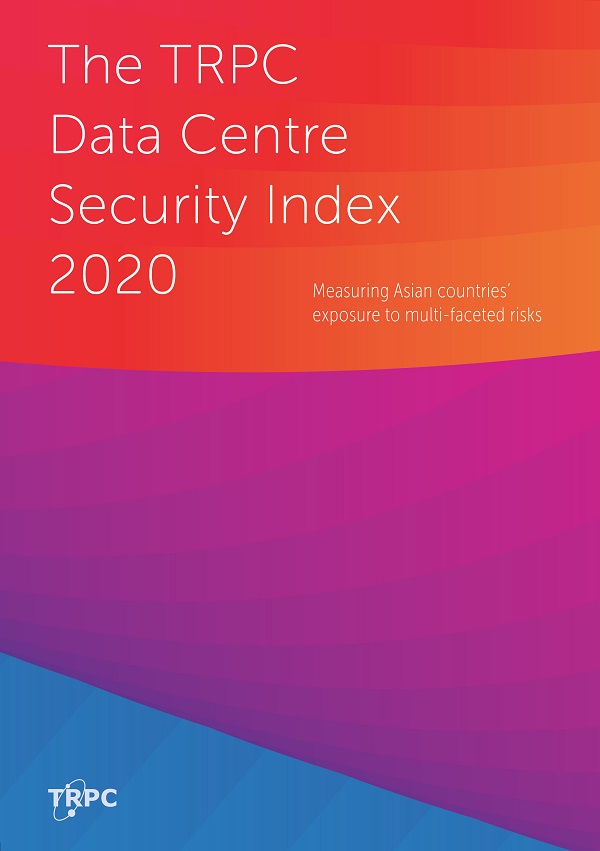The digital economy runs on data. With 2.5 quintillion bytes of data created each day, it is estimated that the world’s data will grow to 175 zettabytes by 2025. Global data flows are expected to contribute to a 3.5% rise in global GDP, the equivalent of US$ 2.8 trillion.
And this will only accelerate as hyper-connected digital innovations such as the Internet of Things (IoT) and artificial intelligence (AI) make it faster and easier for both individuals and organisations to create and consume data. The more data-intensive digital devices, platforms, and services become, the more important it is to ensure that data is securely stored, managed, and disseminated.
In this sense, data centres – the facilities that house organisations’ IT operations, equipment, and data – are vital parts of the digital economy. From servers and storage systems to databases and access networks, data centres host all the components that allow enterprise systems, government services, and consumer applications to function.
Modern data centres are much smaller and modulable than even a decade ago. Most data centres today do not consume a lot of power, do not occupy much space, and do not require highly specialised personnel to operate optimally. But they still need a number of key elements in place to ensure they can keep the data entrusted to them safe.
This report presents the main findings of the TRPC Data Centre Security Index (DCSI) 2020, assessing and comparing APAC countries’ risk profiles as they impact data centres’ effectiveness. It also analyses the likelihood of the different types of risks hindering or supporting countries’ competitive advantages as they race to become digital leaders. The report concludes by exploring some potential policy responses that can help address some of the strengths and weaknesses highlighted throughout.



